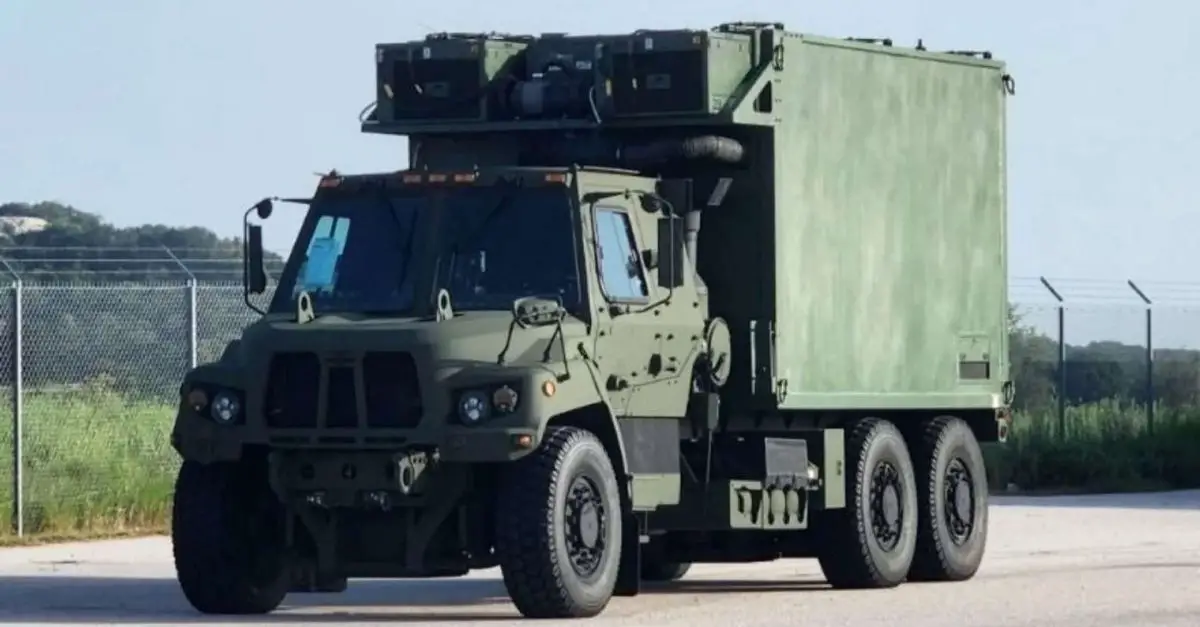Breaking News
US Army Requests Industry Proposals for TITAN Intelligence & Surveillance System Development.
On August 22, 2024, the U.S. Army's Program Executive Office for Intelligence, Electronic Warfare, and Sensors (PEO IEW&S) issued a Request for Information (RFI) to conduct market research for its Tactical Intelligence Targeting Access Node (TITAN) project. Led by the Project Manager Intelligence & Analytics (PM IS&A) and the Product Manager for Intelligence Systems (PdM IS), this initiative aims to redefine support mechanisms on modern battlefields through the integration of advanced technologies.

US Army TITAN Intelligence & Surveillance System (Picture source: US DoD)
Designed as a next-generation, AI-enabled mobile ground intelligence station, TITAN will enhance Multi-Domain Operations (MDO), Joint All-Domain Operations (JADO), and Long-Range Precision Fires (LRPF). The system will integrate data from space, high altitude, aerial, and terrestrial sensors to provide actionable intelligence directly to fire control networks and offer multi-disciplinary support for mission command.
The goal is to create a scalable and expeditionary solution that adapts to different levels of military command and can operate across the entire Joint All-Domain Operations (JADO) framework. This ambitious project is currently under a middle-tier acquisition process focused on rapid prototyping, with plans to transition to production slated for fiscal year 2026.
The PEO IEW&S emphasizes that the RFI is a precursor to a more extensive contracting process, with this initial phase being crucial for defining the scope and requirements of TITAN. Interested parties are encouraged to submit their proposals, which should focus on system production, regular updates, and initial support strategies.
As a reminder, in March 2024, the U.S. Army announced a groundbreaking $178 million contract with Denver-based technology firm Palantir for the construction of ten TITAN ground stations. This strategic collaboration highlights the Army's commitment to improving connectivity between data-collecting sensors and field operatives, thereby facilitating advanced targeting capabilities that transcend the constraints of direct line of sight.
Moreover, through the application of advanced analytics, TITAN efficiently delivers actionable intelligence to both lethal and non-lethal networks. This integration significantly reduces the sensor-to-shooter timeframe, thus equipping the Army with the ability to conduct long-range precision fires, aviation operations, and mission command with increased efficiency and precision.
The TITAN pre-prototype, with its focus on space-based intelligence surveillance, positions itself as an indispensable asset within the intelligence and fires community. By acting as a linchpin in the U.S. Army's ISR infrastructure, TITAN not only streamlines the sensor-to-shooter process but also enhances the Army's ability to conduct Multi-Domain Operations.


























